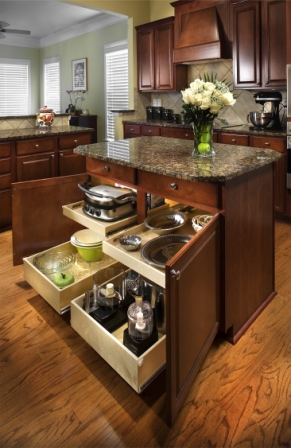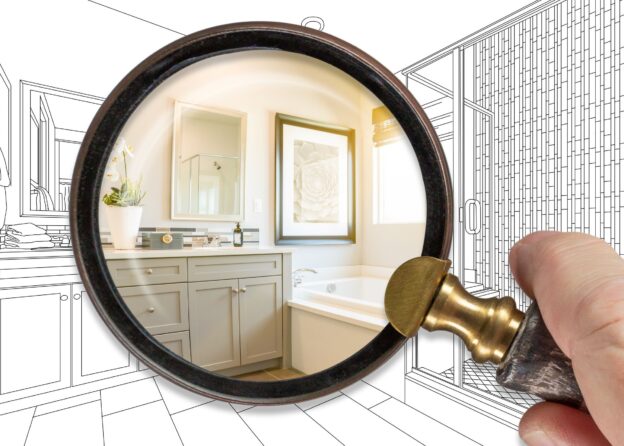According to AARP, approximately 90 percent of adults 65 years of age and older plan to age-in-place in their current home and community. Some of the top reasons are neighborhood familiarity, social connections, and relationships with health care providers.
If you are among this population and share the same ideals there are many ways to ensure your home will be safe, functional, and serve your needs for many years to come. Modifications can range from simple upgrades like installing safety rails or improved lighting, to a complete remodel of the kitchen, bathroom, or entire living space. Even if you don’t plan to stay in your current home through retirement, these are smart improvements that can appeal to prospective new buyers.
Bare Minimum Modifications
It is not necessary to engage in a large-scale renovation to make some very useful and affordable modifications. Stability bars in the bathroom, shower, and near the bed will assist with daily functions in locations where falls are most frequent. Increased lighting in dark spaces of a home, inside and outside, help minimize trip hazards.
Doorways
Doorways are a critical area of the home when it comes to accessibility for the elderly or disabled. Current Universal Design standards recommend no less than 32 to 36-inch wide doors, but 40-inch wide doorways are even more accommodating for mobility devices, such as a walker or wheelchair.
Accessible Bathroom
A bathroom on the main floor is optimal for this home improvement project. Widen the doorway or add a space-saving pocket door, replace the bathtub with a walk-in shower, install stability bars in the shower and near the toilet, add a pedestal sink for easy access. These are just a few unique ways to make a bathroom safer and accessible.
Lower Countertops
Lowering kitchen countertops makes the workspace more accessible and safer to use. Standard countertops are 36 inches. Reducing the countertop to 30 inches makes it easier to use from a seated position. Although this modification can be completed anytime, the ideal time is during a planned kitchen remodel.
Other considerations in the kitchen are installing an easier to grasp lever type faucet and slide-out cabinet shelves for easier access to those hard-to-reach places.
Non-slip Flooring
Although a glossy surface may be more visually appealing, slightly rougher surfaces are a better non-slip option. Do some research on what type of floor would fit your lifestyle and design preferences. Vinyl, wood, and laminate are hard, durable options. Area rugs are trip hazards and best limited to out of the way places or eliminated altogether.
It is never too soon to increase your home’s safety and functionality. Updating your home to be more accessible benefits you, as well as family and friends. Many simple features will make your home easier for visitors to navigate and the transition of merging households a smoother process. Even if you decide to sell the home at some point, these modifications will appeal to a broader market.





